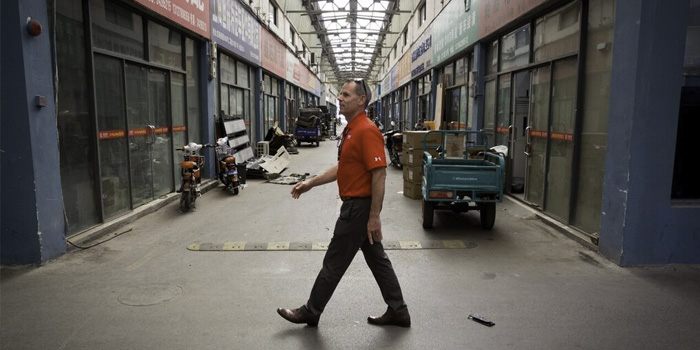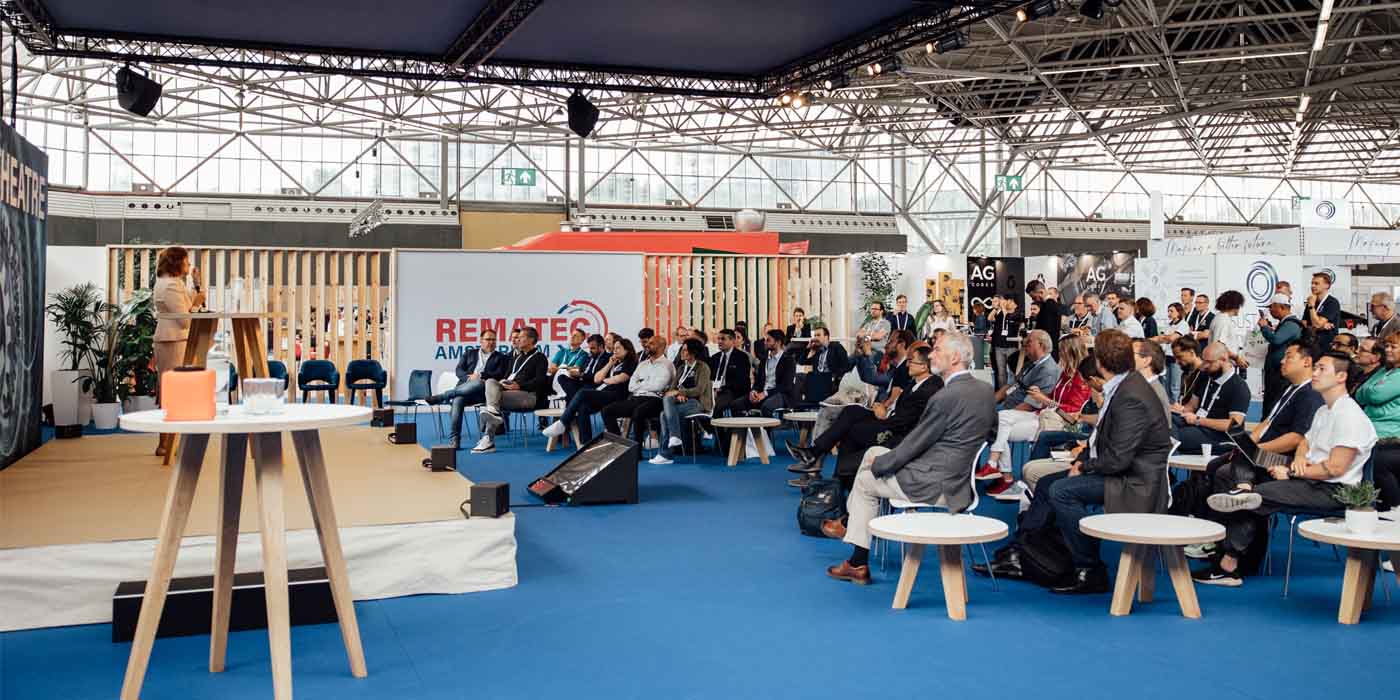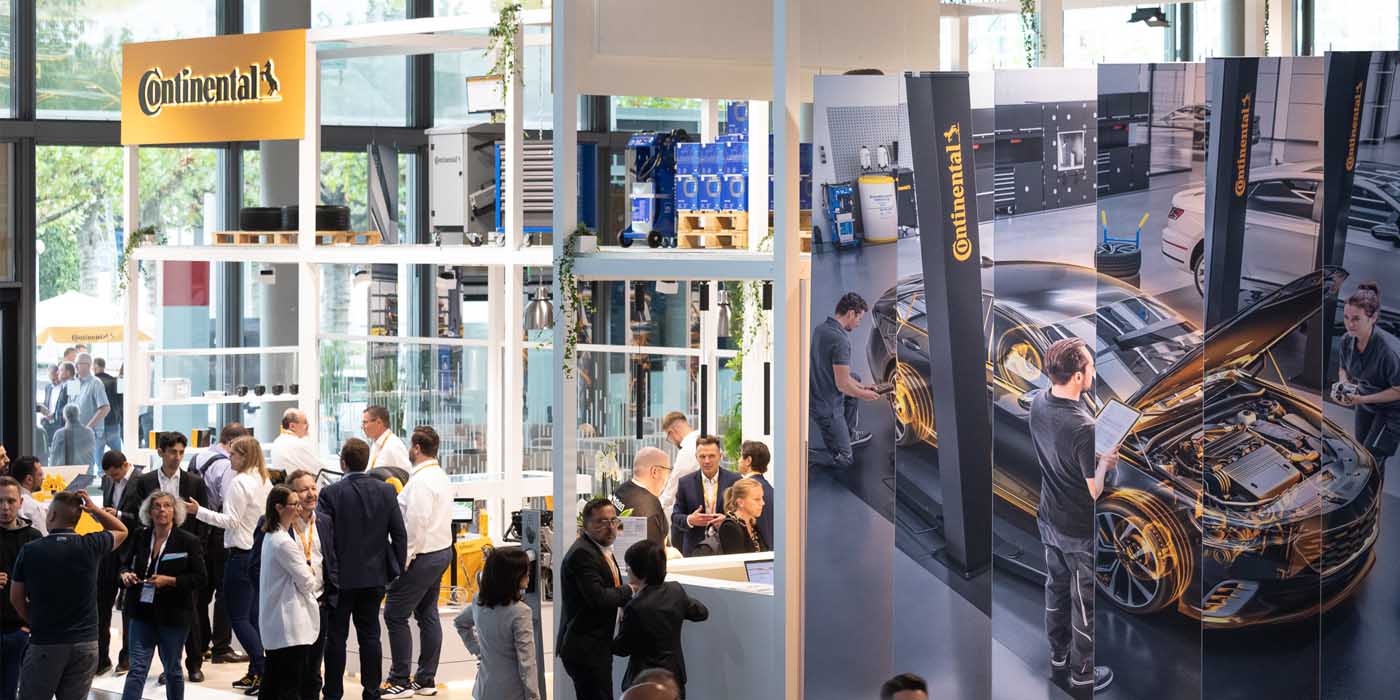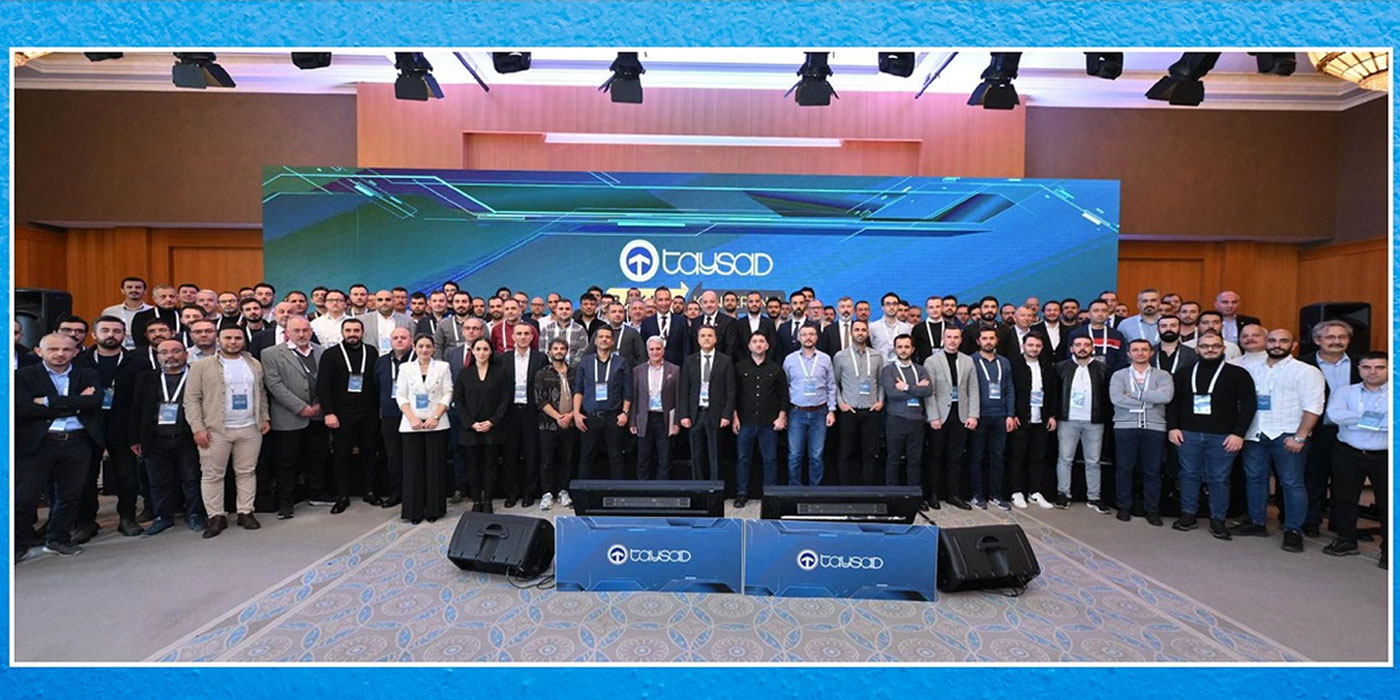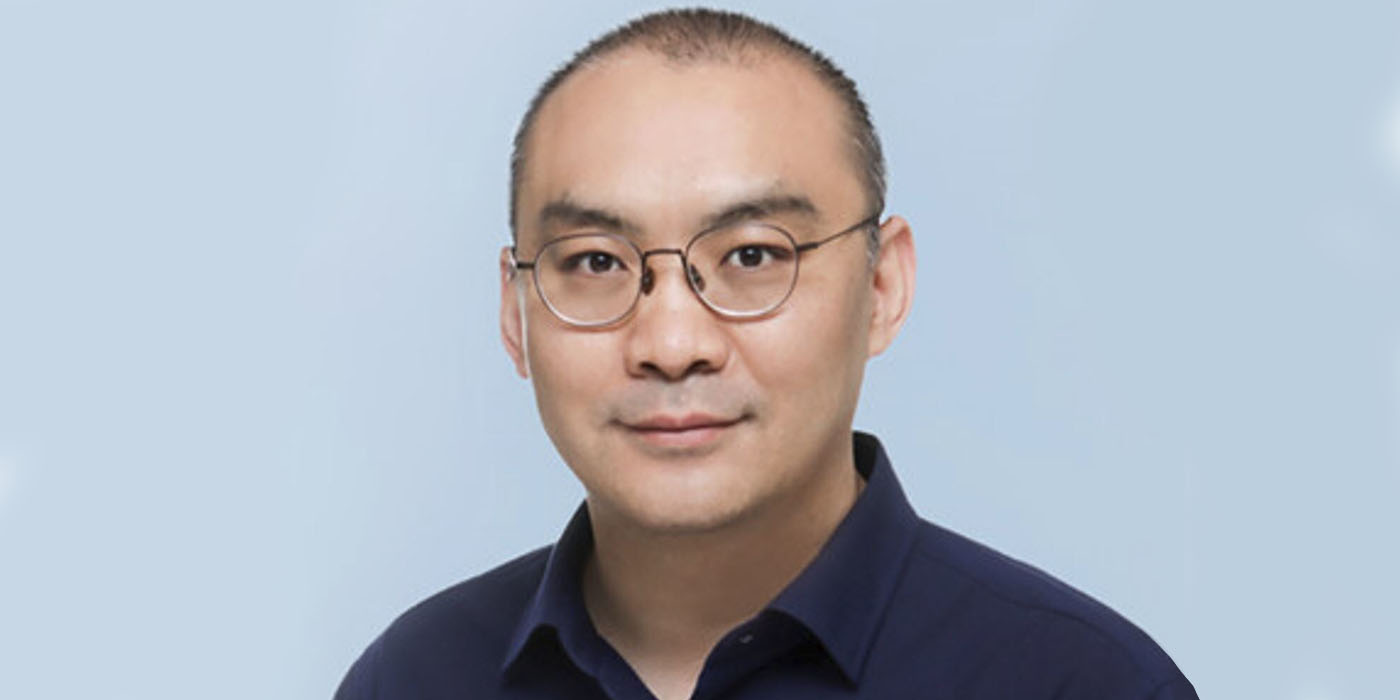
Surely, you’ve heard the old adage, “The older I get, the more I realize how little I know.” Swap out the concept of age for that of an increasingly globalized automotive aftermarket and you will understand how I, and the 19 other aftermarket professionals who participated in Leadership 3.0 earlier this month in Shanghai now feel: The deeper I get into the international automotive aftermarket, the more I am aware of how little I know.
This was the realization so many of us had during the immersive executive education experience hosted by the University of the Aftermarket in Shanghai. Leadership 3.0 was held from June 3 though June 9 for industry professionals who wanted learn more about the automotive aftermarket in China as well as their own personal roles in a multi-cultural industry.
The agenda for the program combined a mix of class work, international networking and field trips to one of Shanghai’s auto parts cities, as well as several WDs and service shops in the region.
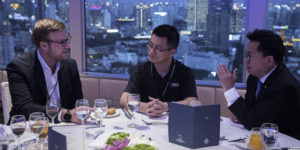
The program kicked off June 3 with a keynote presentation by Dominic Seto, managing director of Valvoline China, who spoke about “Succeeding in the Asian Aftermarket” at an opening reception and dinner sponsored by Heri Automotive. During his talk, Seto emphasized the critical importance of the Chinese government to doing business in China. Seto noted that the government is working hard to make it easier for foreign investors to do business in China. Two of the key challenges Seto highlighted, which Leadership 3.0 participants continued to hear throughout the week, were how fragmented the automotive aftermarket still is in China today, as well as the increasing use of e-commerce in China, and in parts retail in particular.
Steve Ganster, director at Solidiance, who was a presenter during the classroom discussions at Leadership 3.0, also spoke of the Chinese aftermarket’s highly fragmented character today. Currently, there are more than 10,000 suppliers in China – locals and multinationals, with both legitimate and counterfeit products being produced. And while there are some 400,000 to 500,000 players in the distribution segment in China, Ganster noted they are all regional, with no national structure in place, making them poorly equipped to serve this rapidly growing market.
Today, the U.S. is No. 1 in terms of total gross domestic product (GDP), with China coming in second, followed by Japan and Germany. By 2030, it is estimated that China will be No. 1 in terms of GDP, with India, the U.S. and Indonesia in second, third and fourth place, respectively. Between 2016 and 2021, the number vehicles in operation in China is expected to grow some 9.9 percent.
As Ganster noted, China is still a “young” market with most aftermarket companies in the country having only started around the year 2000. “$5 million (USD) is a big distribution business in China,” he said. Ganster echoed Seto’s comments that the significant use of e-commerce in China will have an impact on the entire distribution chain. Well-known brand names are highly valued in China as well.
Opportunities abound for the automotive aftermarket in China, if you proceed wisely. However, as was illustrated during Leadership 3.0 in Shanghai, many U.S. and European companies have entered the Chinese aftermarket and failed – due to a lack of understanding for the cultural differences in building relationships, the dramatic differences in the makeup of the distribution segment versus the well-established and highly organized nature of auto parts distribution in the U.S. and the many other governmental, legal and logistical hurdles of establishing a business in a foreign country.
Through a combination of presentations by both local and ex-pat executives currently active in the Chinese aftermarket, in-depth data and classroom discussion, as well as site visits, Leadership 3.0 participants received a first-hand look at this robust and innovative young market.
Leadership 3.0 participant Jamie Ardis, MAAP, ACP, product data manager and marketing coordinator for AGS Company Automotive Solutions, commented, “Being that this is my first exposure to the Chinese aftermarket, this has been quite an eye opening experience! Combining the current number of vehicles on the road today in China, that is projected to grow by 10 percent in the next five years, with the welcoming economy to western investment, there is huge opportunity for U.S. aftermarket business growth, if executed properly.”
Editor’s note: Stay tuned as we share more from our experiences with Leadership 3.0 in Shanghai and dive deeper into the Chinese auto parts distribution segment later this week.

